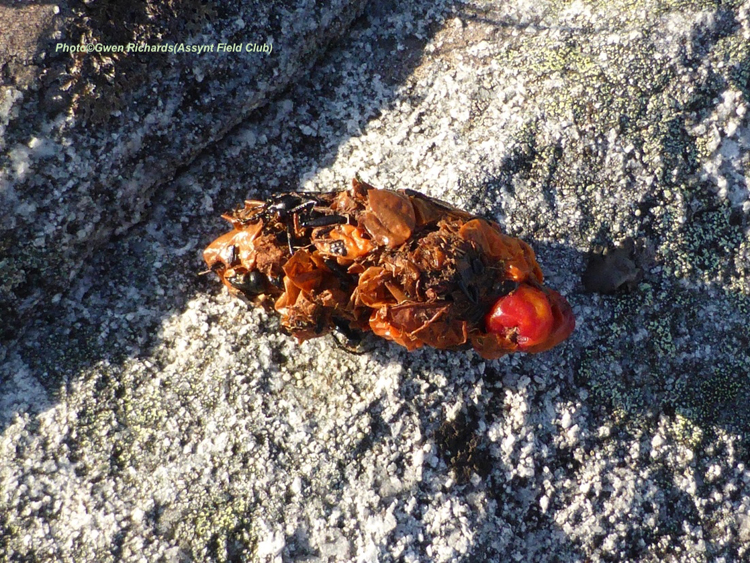Members of the crow family (Corvidae) are known to disperse seeds by frugivory or by scatter hoarding, but are rarely recognized as vectors of plants lacking a fleshy fruit, or a large nut. A century ago, S.A. Heintze carried out extensive field studies of seed dispersal by 11 species of European Corvidae, especially Magpies Pica pica and Hooded Crows Corvus cornix. His work was published in Swedish and has been overlooked until now, and suggests that contemporary views about seed dispersal by corvids are too narrow. Heintze identified 157 plant taxa from 42 families which were dispersed by corvids by endozoochory. Most (54%) of these plant species lack a fleshy fruit and have previously been assigned to other dispersal syndromes, mainly associated with wind, self-dispersal or epizoochory. Of 27 taxa germinated by Heintze from seeds extracted from pellets or feces, 20 lack a fleshy fruit. He also recorded 32 taxa as seedlings that germinated from pellets in the field, 11 of which lacked a fleshy fruit. Finally, Heintze's data show that corvids were already dispersing alien plants a century ago, such as the North American Dwarf Serviceberry Amelanchier spicata. informacion[at]ebd.csic.es: Green et al (2019) Beyond scatter-hoarding and frugivory: European corvids as overlooked vectors for a broad range of plants. Front Ecol Evol doi: 10.3389/fevo.2019.00133
https://www.frontiersin.org/article/10.3389/fevo.2019.00133

 Las altas temperaturas están provocando que las lagunas y las marismas de Doñana pierdan agua rápidamente
Las altas temperaturas están provocando que las lagunas y las marismas de Doñana pierdan agua rápidamente




